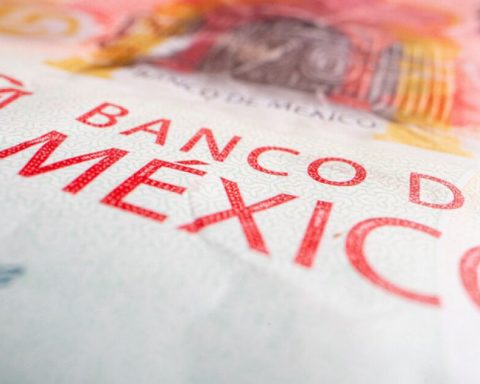Yo
talia will go to the polls tomorrow, in an appointment that, if an unexpected turnaround does not alter the forecasts, will place the extreme right formation Brothers of Italy as the most voted force. The polls announce a robust majority of the conservative formations, which will benefit from a devilish and surreal electoral system to take the reins of the nation in troubled times. The Alpine country will thus follow in the footsteps of Sweden, where on September 11 the conservative bloc won for the first time in decades, also led by an extreme right with a sheepskin name: the Swedish Democrats.
There was a time when in Europe the cordon sanitaire was discussed for the extreme right, but in the plundered continental welfare states the battered French and German versions barely survive. In the Spanish State, Vox, the Francoist appendix of the PP, always had the doors of the institutions open. In Sweden, electoral mathematics has led the conservatives to legitimize the negotiation with the Swedish Democrats, a party of explicitly neo-Nazi origin. In Italy, the strident Matteo Salvini, half facho, half clown, was already a minister with the La Liga formation, but the one who could be the new prime minister, Giorgia Meloni, sinks her ideological roots in deeper marshes; specifically, in the neo-fascist Italian Social Movement, founded in 1946.
Italy is used to anticipating changes. It is a terribly difficult country to read, but deciphering it allows a glimpse of possible futures. Berlusconi announced Trump two decades in advance; Hitler gave speeches in Munich beer halls, while Mussolini marched triumphantly on Rome to seize power in 1922. The country inaugurated technocratic governments in the 1990s, before replacing politicians with top financial officials became a continental sport for manage the economic crisis of 2008, following the austericidal diet marked by Germany.
The technocratic governments, the almighty former director general of the European Central Bank, Mario Draghi, put on a platter the fall of the government of national concentration that he directed. The right, with Meloni in front, knew they were the winner and did not miss the opportunity. In a turn of events, Draghi is now running as protector of the potential new prime minister. As a guarantor, after all, that the far-right government does not move away from the economic guidelines set by Brussels.
The rest, from the anti-immigration policy to the restriction of the rights of women to come, are minor issues in the eyes of the European Union. The rich have always believed they could manage the extreme right, and many times they have. Others, few, but very notorious, the animal left the cage and ended up invading Poland. In both versions, the loss of rights has been the result for ordinary mortals.
The path of the Swedish fascists to the palaces of Stockholm has followed other paths. There it was the Social Democrats who, seeing the rise of the right, chose to compete within their framework and put issues such as security and immigration at the center of public debate, which the ultras match like no one else. The result is as expected: when the left makes right-wing policies, the right is the one that wins, either directly or indirectly. It’s not politics, it’s math.
To this picture must be added the recent arrival of Liz Truss at number 10 Downing Street. He is succeeding Boris Johnson, so the banner of sanity is very cheap, but it should not be forgotten that he won the British Conservative primaries with a speech of Thatcherist orthodoxy and that as soon as he arrived he announced a tax cut in a country walking the edge of recession. The stamp is completed by nations governed by autocratic and ultraconservative leaders, such as Hungary and Poland, which have been showing the democratic folds of Europe for years.
With runaway inflation, a looming recession, winter knocking on the door in the midst of an energy crisis, a war in Ukraine with no sign of a short-term solution –hopefully we’re wrong here– and conservative governments turning more and more to the right and multiplying , what can go wrong in the coming months in this tired continent? The scenario is served so that the consequences of the crisis that are already intuited will be paid again by the same as in 2008.
an addendum Geologists say that the tectonic plates of the American and European continents move a few centimeters apart each year. That every day we are further away. Politics comes to corroborate this progressive distancing; You only have to listen to Gustavo Petro’s brilliant speech at the United Nations Assembly to feel the stark distance that separates the rulers on both sides of the Atlantic. It seems that for every new progressive government that rises in America, a European country goes backwards. Sweden for Colombia, Italy for Brazil?














